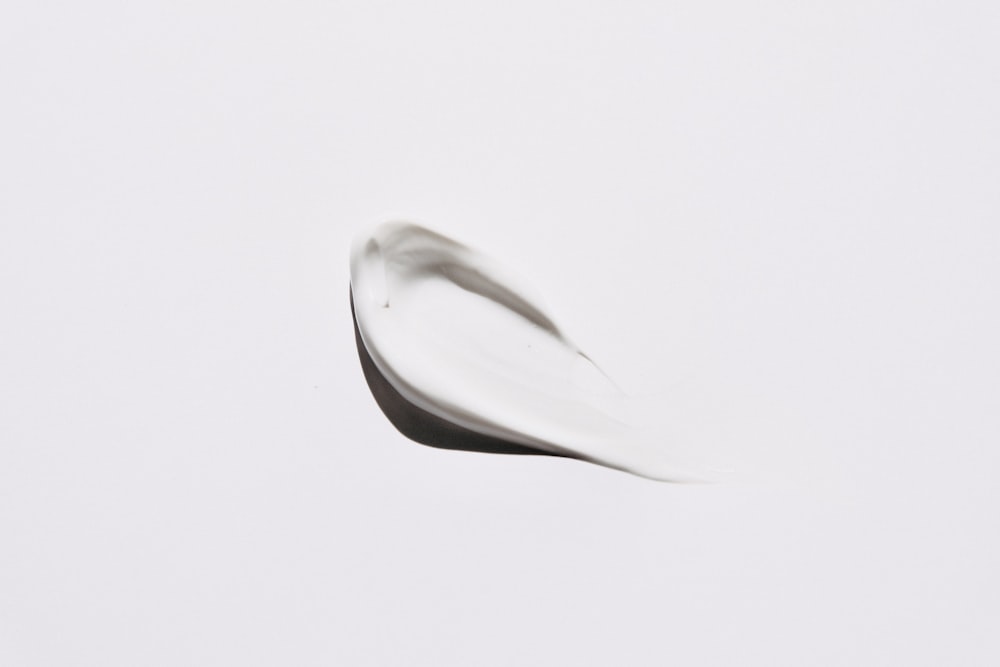Adding skincare to your everyday routine can be a great way to enhance your self-care regimen, minimize signs of aging, and prevent sun damage for as long as possible. While skincare can seem overwhelming, there are a few basic tips that can help you build a personalized routine for your skin and encourage you to remain consistent.
Everyone has different skin and skin issues, but there are skincare routines that apply to everyone — across the board. With these base needs covered, you can then expand your routine to address specific concerns like acne, dry skin, sensitive skin, fine lines, and wrinkles. So take a look at this expert guide to the basics and build your routine from here!
What Are The Basics?

Photo by Arina Krasnikova on Pexels
Your first skin routine should be pretty simple. You want to cleanse, tone, moisturize, and protect. You’ll need to test which products are best for your skin and develop a routine that isn’t too overwhelming to do on a daily basis. Follow the four steps below, in that order, to create your routine.
Step 1: Cleansing
Generally, you should wash your face twice each day, once when you wake up and once before going to bed. Morning cleansing is to remove sweat, oil, and contaminants from your pillow and hair during the night, and night cleansing removes contaminants from the world outside.
If you have to choose just one time per day to wash your skin, make it the evening wash. You need to remove your skincare products and makeup, as well as the dead skin cells, excess oil, and pollutants you collect throughout the day.
Ideal Cleansers
If you’re not sure which cleanser is right for you, look for a gentle and hydrating cleanser. Products that are ideal for sensitive skin can mitigate any negative reactions. Opt for fragrance-free with minimal ingredients to avoid irritation. Some ingredients you want in your cleanser include ceramides and glycerin, which can restore your skin barrier.
For skin that feels extra rough and greasy, get a mild exfoliating cleanser that does more to remove dead skin and unclog pores.
Step 2: Toning

Photo by Karolina Grabowska on Pexels
A toner is the solution that prepares your skin for any serums or creams you choose to apply after cleansing. It can balance your skin’s pH levels and restore it to an acidic state. For some people, toners can even prevent acne.
However, as cleansers have evolved, rebalancing your skin’s pH levels isn’t always necessary. Most skin types won’t need toner between cleansing and moisturizing, so use toner only if you’re trying to achieve something specific, like acne prevention or additional exfoliation.
Ideal Toners
There are balancing toners for gentle moisturizing and soothing effects, as well as astringent toners that exfoliate the skin. Balancing toners prioritize moisturizing ingredients and astringent toners will have BHAs and AHAs, like salicylic acid, lactic acid, mandelic acid, and glycolic acid.
Step 3: Moisturizing
The next step in your routine must be moisturizing. You should look for oil-free and fragrance-free options, as these minimize the chance of irritation and they’re ideal for nearly all skin types.
Even if you have oily skin, don’t skip out on the moisturizer. Oily skin can still get dry, which can compromise the skin barrier and result in more irritation, acne, and scaliness. For oily skin, the best moisturizers are non-comedogenic and won’t block your pores.
Ideal Moisturizers
With your moisturizer, you can also start addressing specific skin concerns, looking for those that have extra ingredients that meet your needs. Here are some of the most common ingredients that people love in their moisturizers:
- Hyaluronic Acid: Restores hydration for plumper skin
- Ceramides: Strengthens the skin barrier for better overall skin health
- Vitamin C: Adds antioxidant protection and brightens skin
If you feel a specific area needs more moisturization, you can add extra serums and creams during this phase of your routine, like a Korean eye cream for your under-eyes or hyaluronic acid serum for the whole face.
Step 4: Protecting
Photo by Jocelyn Morales on Unsplash
Sunscreen is your first line of defense against skin cancer — and everyone can get skin cancer. It doesn’t matter whether you have darker skin or live in an area with minimal sunlight; sunscreen is key for protection from all types of rays, including those that come from light fixtures and screens.
Ideal Sunscreen
Sunscreen with 30 SPF or higher should be your starting point. While it’s the final step of your skincare routine, you may need to reapply several times throughout the day, especially if you’re outside or sweating a lot. Sunscreen labels will also list which rays they can block, so look for a broad spectrum to get the best protection.
Finally, there are two types of sunscreen to choose from: chemical-based and mineral-based. Chemical sunscreens usually go on smoother and last longer, but they can be irritating for sensitive skin. Mineral sunscreens contain zinc oxide or titanium dioxide and can block the sun’s rays better in the short term. You should reapply more frequently with mineral sunscreen.
Create a Routine
Now that you have a skincare routine, it’s important to stay as consistent as possible. It takes time for these ingredients to take effect, and you need to keep using them to maintain the results. So, create a routine you’re confident you can maintain for years to come!





